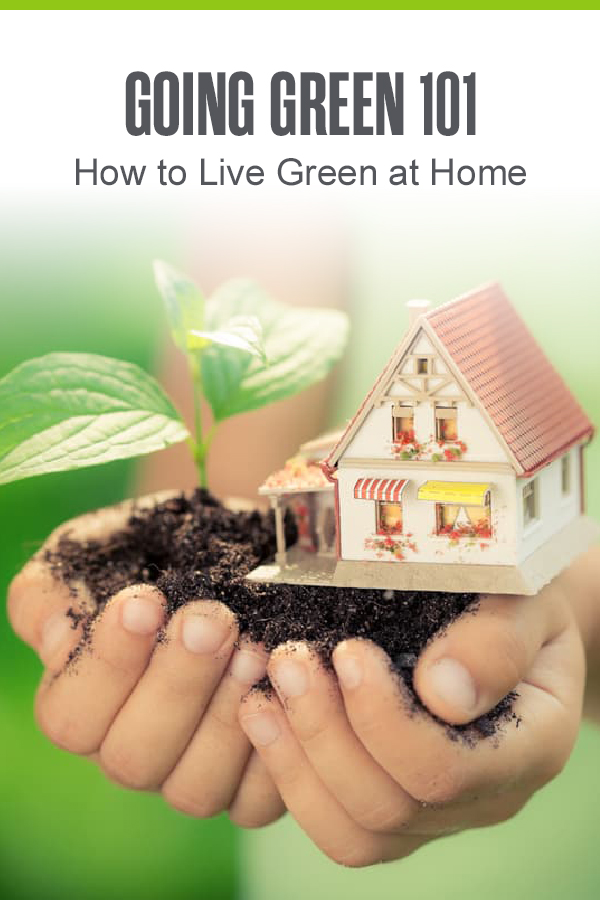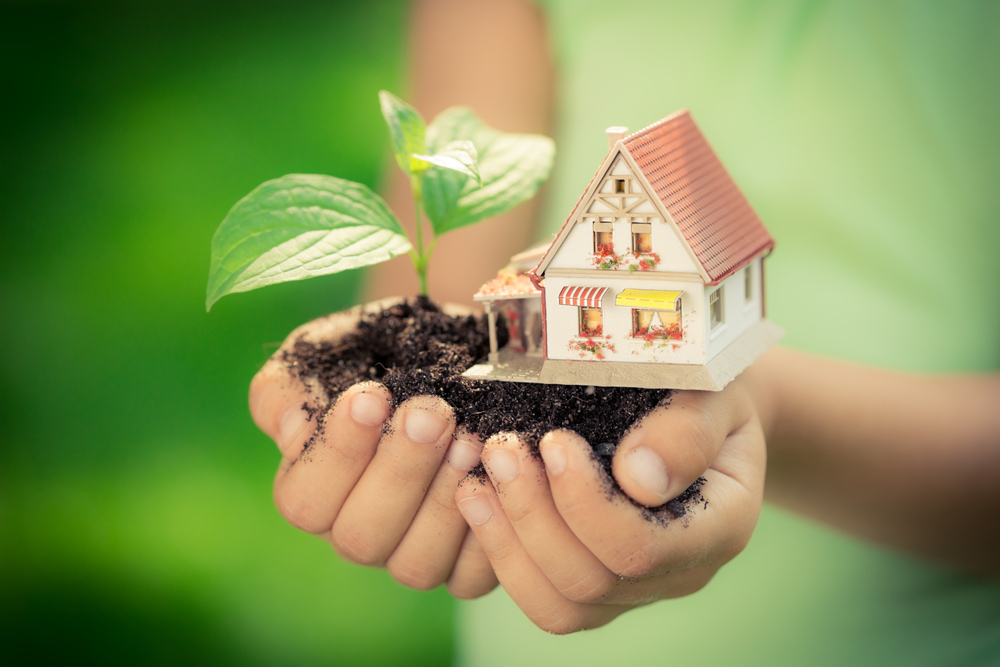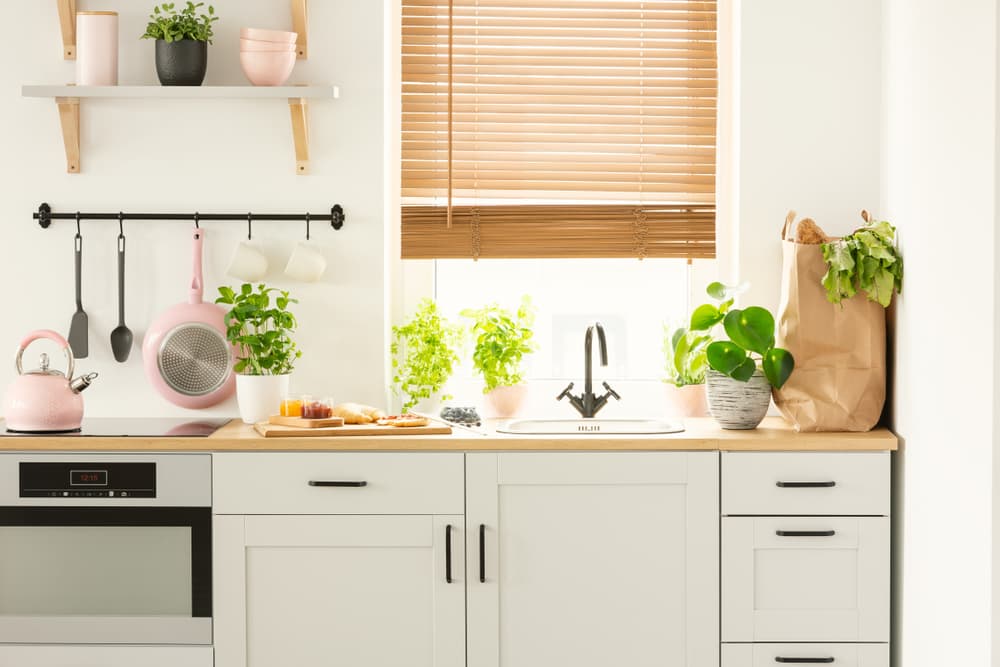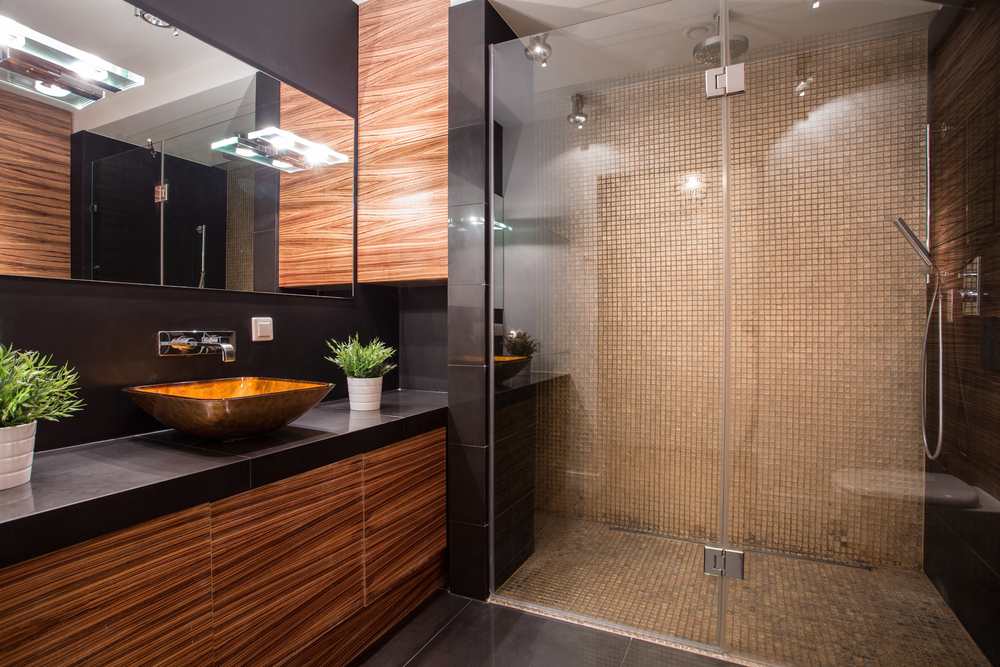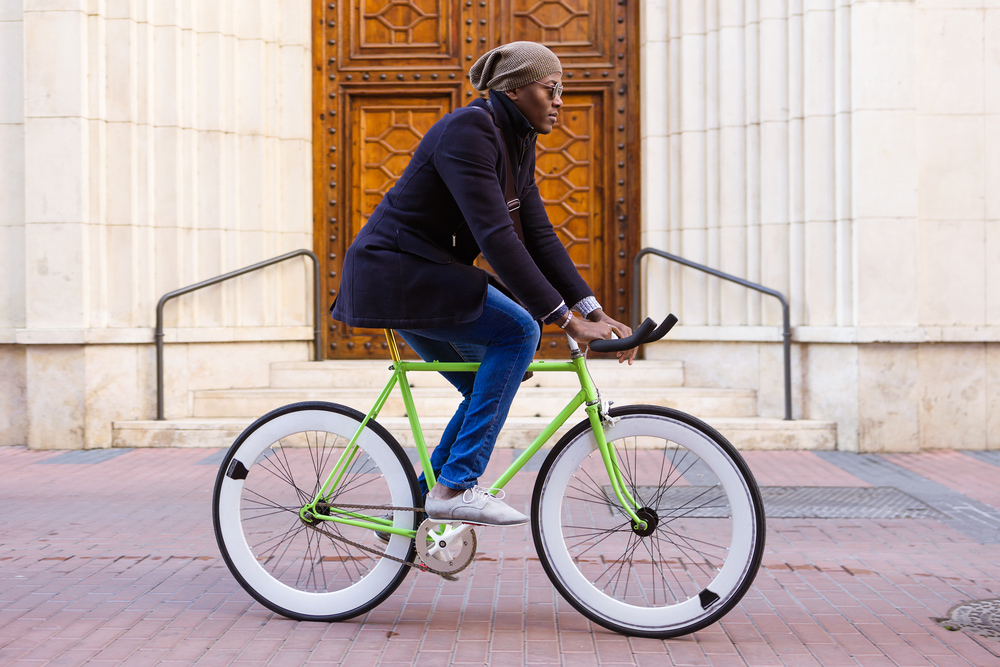Looking for ways to save money and create a more eco-friendly lifestyle? Go green! Living green helps to minimize your environmental impact, reduce your energy and utility bills, and improve your health! Ready to learn more about a green lifestyle? Check out our guide to an eco-friendly house below!
What Is Green Living?

Photo via @nature_org
Green living is embracing an eco-friendly lifestyle that focuses on living sustainably and responsibly by using natural resources. Recycling, cutting down on waste, and being efficient with how you use energy are all great examples of green living. And while it may sound like a lot or inconvenient, living green doesn’t require a huge lifestyle overhaul. Instead, going green involves small but meaningful steps to protect the health of the planet.
Why Is Living Green Important?
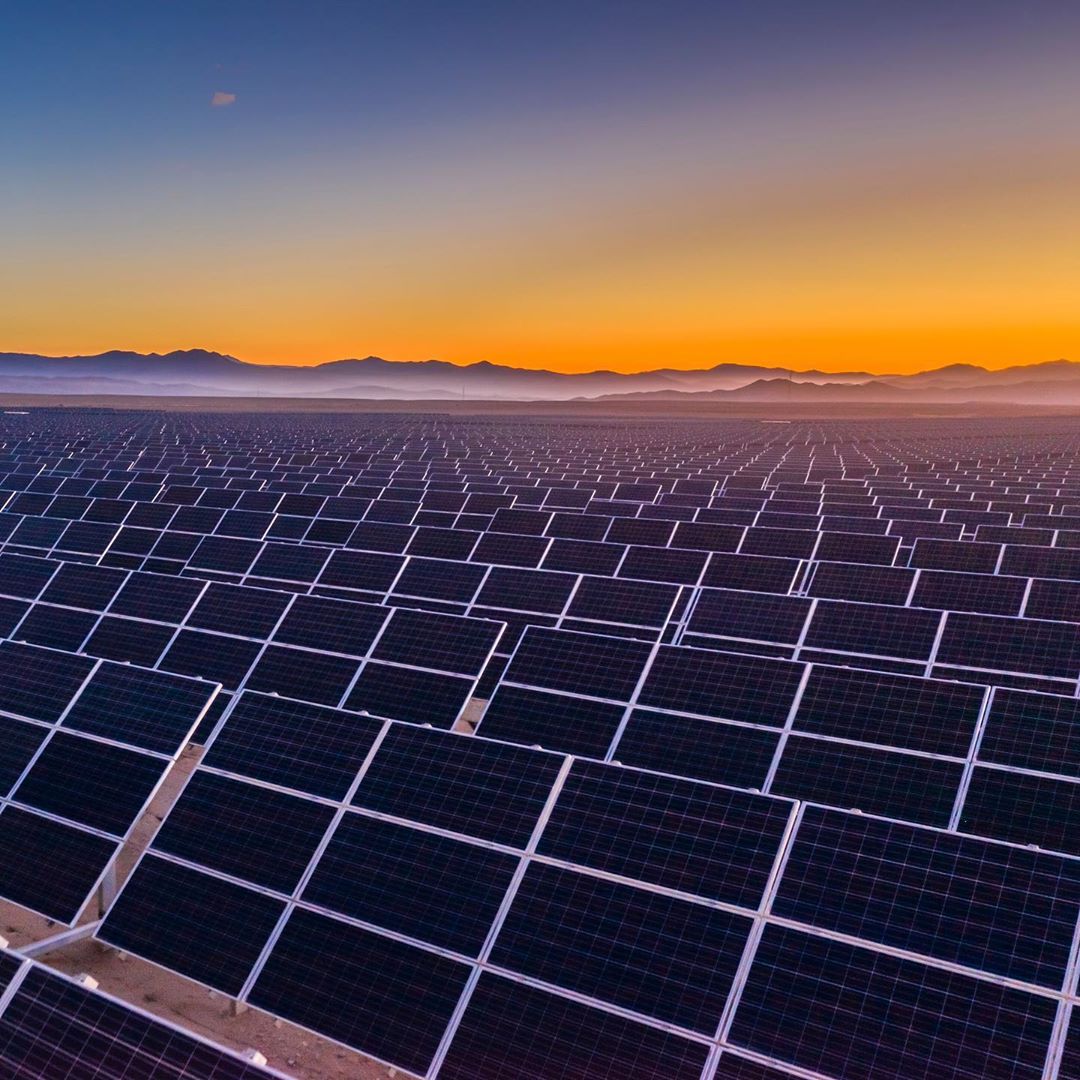
Photo via @environmental_defense_fund
Green living is important because it helps take care of the planet. Americans waste 9,400 gallons of water annually and create three times the global average of waste. Reducing waste and utilizing natural resources can lessen the environmental impact for future generations. Going green isn’t just about making an environmental impact, though! Energy-efficient appliances, energy-saving light bulbs, and good insulation can also help you save on energy costs while reducing your resource consumption.
Ways to Go Green at Home
Not only are there economic benefits to going green, but these eco-friendly habits can also create a healthier home for you and your family. Take a look at these 13 easy ways to be eco-friendly at home!
Upgrade to Energy Star Appliances
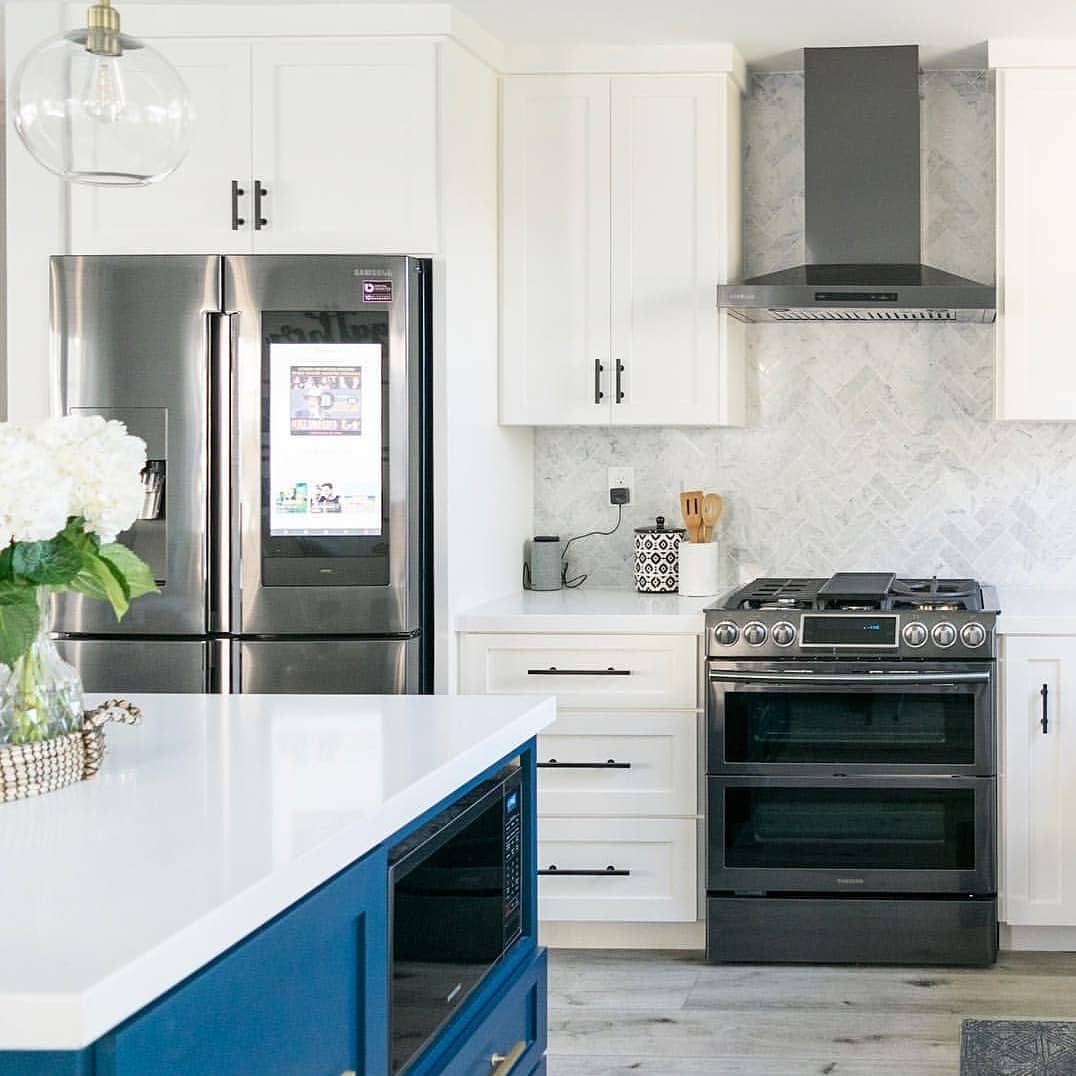
Photo via @designbydlc
Replacing stovetops, ovens, and refrigerators with ENERGY STAR appliances is one way to go green without altering your lifestyle, and can reduce your energy usage by 10%-50%. These money-saving products can be used in rooms other than your eco-friendly kitchen, too! Switch to an energy-efficient washing machine and ENERGY STAR dryer combo to use less water and electricity. Or consider upgrading your TV to an energy-efficient LED flatscreen.
Run a Smart Thermostat
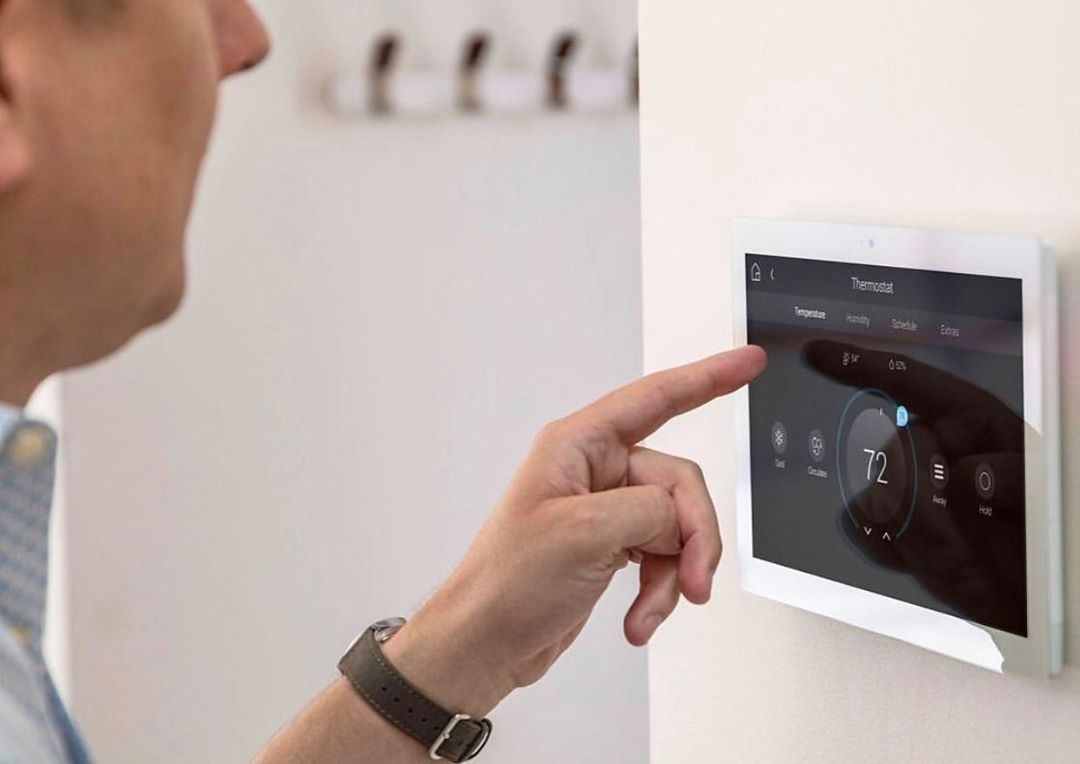
Photo via @securityservices_stoke
Leaving the air conditioner or heater on during the day can drastically increase heating and cooling costs. Go green at home with a smart thermostat. These energy-saving devices save up to 10% on heating and cooling costs while maintaining a comfortable temperature while you’re not at home.
Install Energy-Efficient Light Bulbs
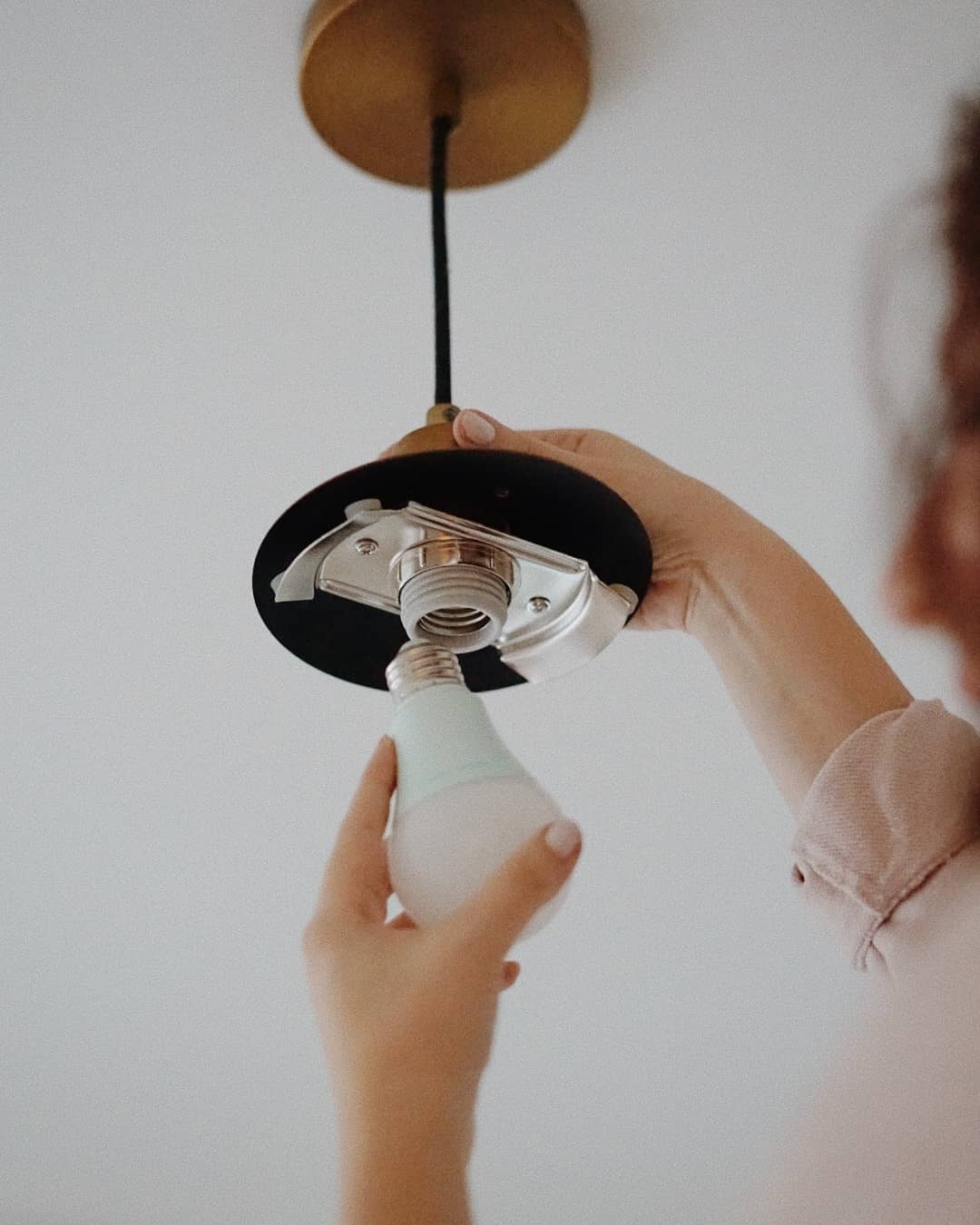
Photo via @soraahome
Another way to reduce the amount of energy used in your home is by switching out standard bulbs for LED lights. These energy-efficient bulbs last longer and use between 80-90% less energy than conventional bulbs, saving about $55 in electricity costs over their lifetime. Another energy-efficient solution is to keep the lights off when you’re not in the room, or open curtains and blinds to use natural light.
Reduce Water Heater Temperature
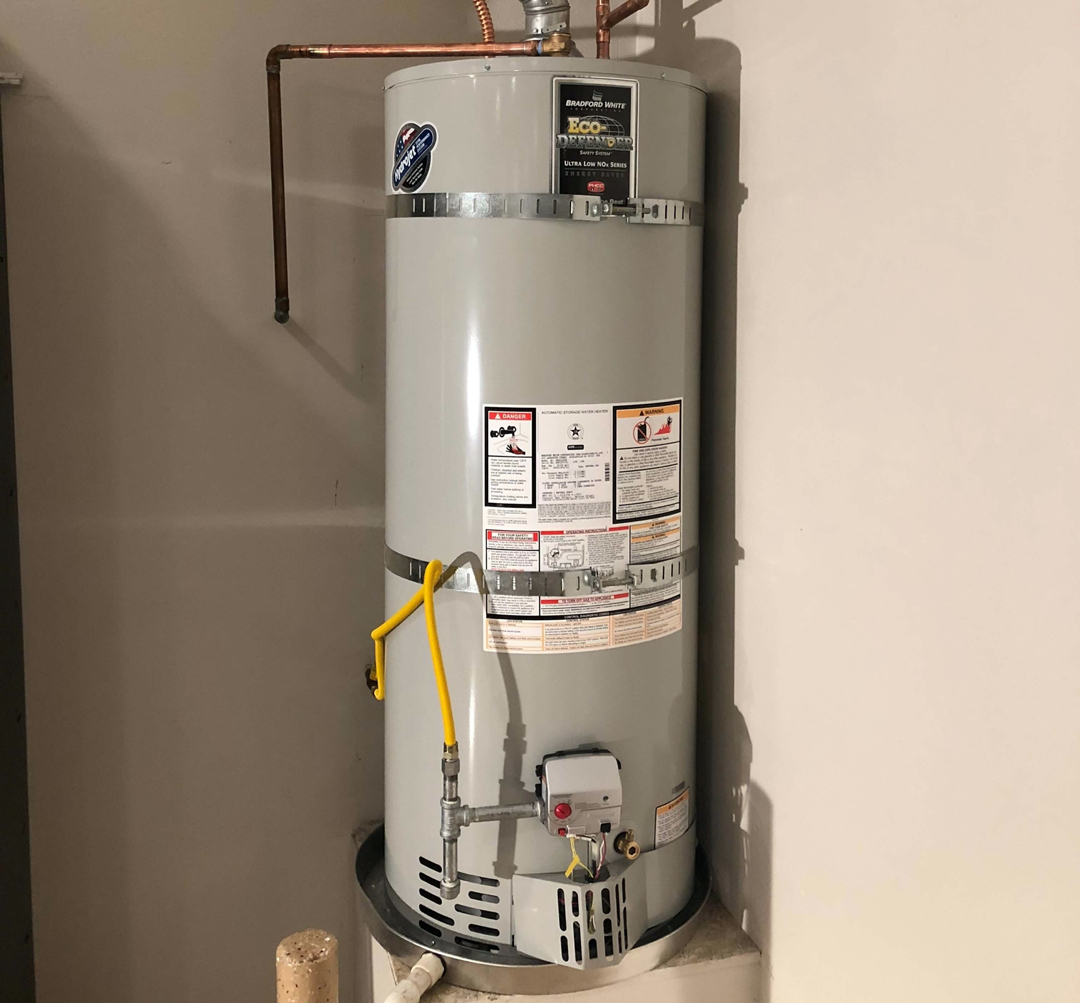
Photo via @egvsp
The water heater is one of the most energy-draining appliances in a home, accounting for 20% of your home’s energy use. In fact, using water a few degrees cooler than usual can cut your hot water heater costs by over $400 annually. For even more energy savings, consider installing an eco-conscious tankless water heater.
Unblock HVAC Vents
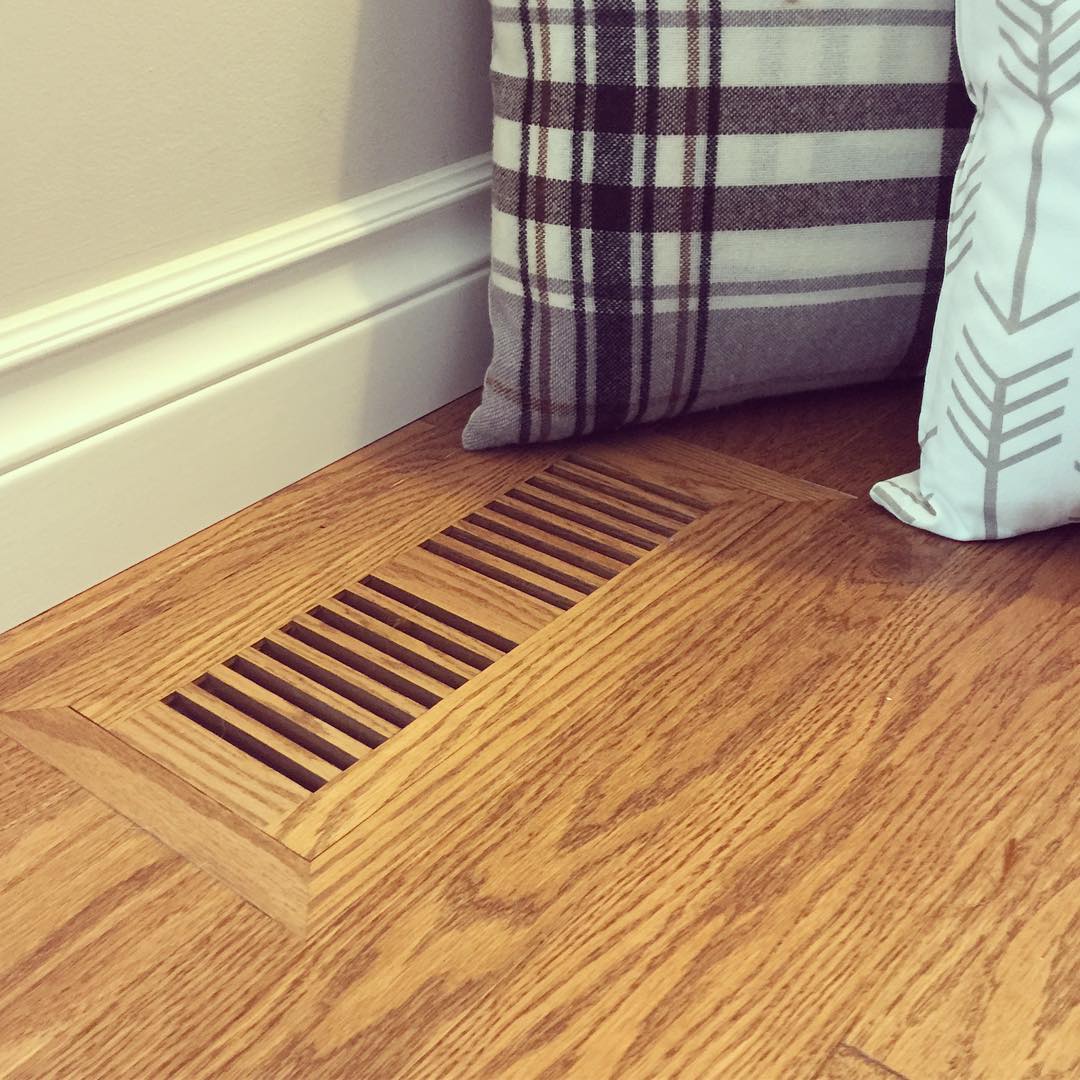
Photo via @airwood_flooring_accessories
An inefficient HVAC system can waste around 25-40% of the energy used to heat and cool your home. Live eco-friendly by unblocking air vents and regularly cleaning your HVAC system. Doing this can help ensure your heating and cooling system isn’t draining extra electricity or overworking. You’re also improving indoor air quality, meaning going green at home can have long-term health benefits for you and your family.
Choose Eco-Friendly Cleaning Products
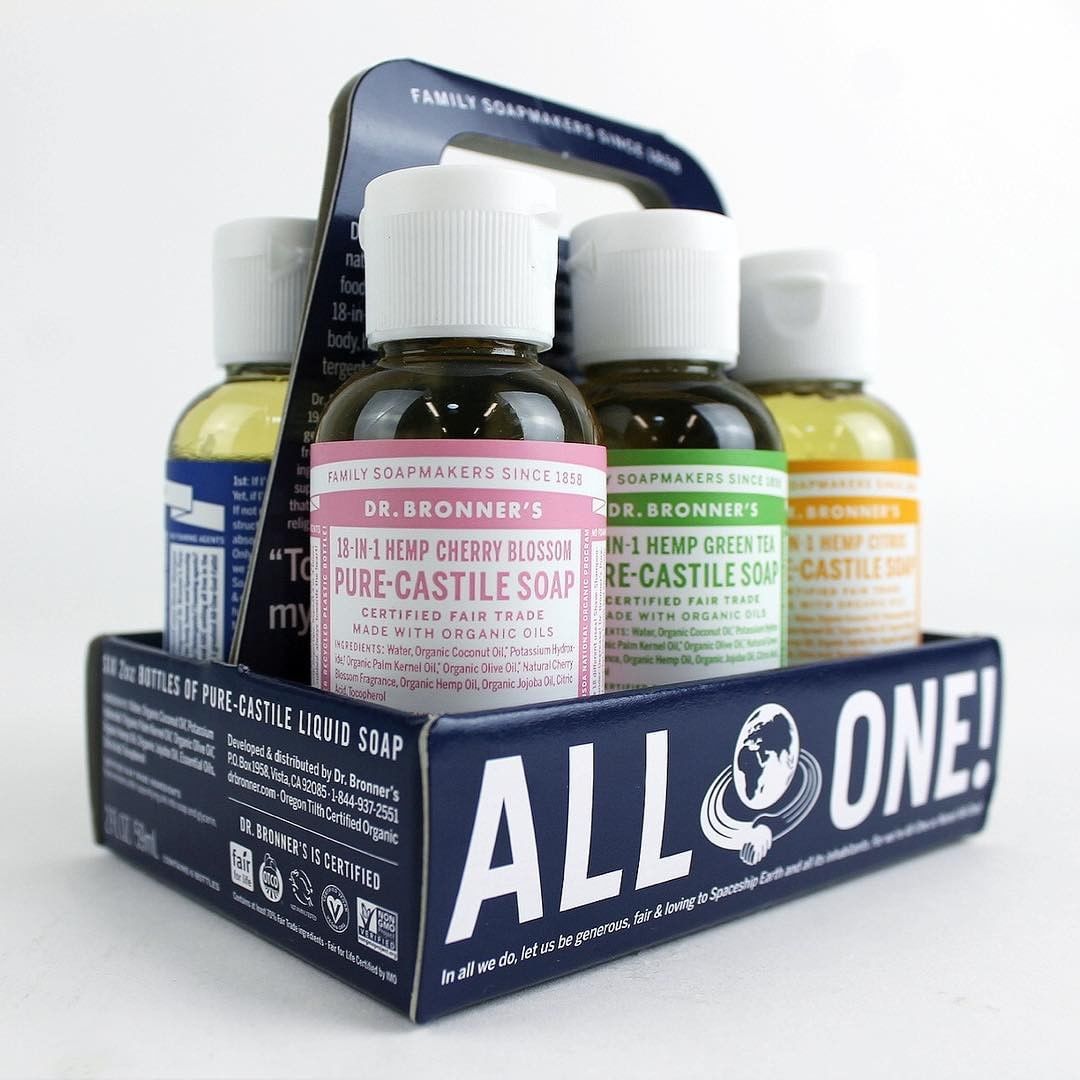
Photo via @drbronner
Conventional cleaners can be toxic to your health and the environment. Even disposing of these products causes water and air pollution, and contributes to plastic waste. The benefits of using green cleaning products include fewer chemical-related health risks, better air quality, and less water pollution. Before your next spring cleaning, swap your products for eco-friendly cleaners or homemade cleaning solutions!
Cut Down on Waste

Photo via @mahaenergy
Identify areas in your life where you can be more minimalistic or cut down waste. For example, instead of buying power or yard tools that you’ll rarely use, rent specialty equipment. Invest in longer-lasting rechargeable batteries so fewer batteries end up in landfills. Go paperless with bills and bank statements. Or collect scrap paper to reuse for notes or to-do lists. Not only does cutting down on waste help you maintain a sustainable home, but it also lets you make room for what matters most.
Reduce Water Usage
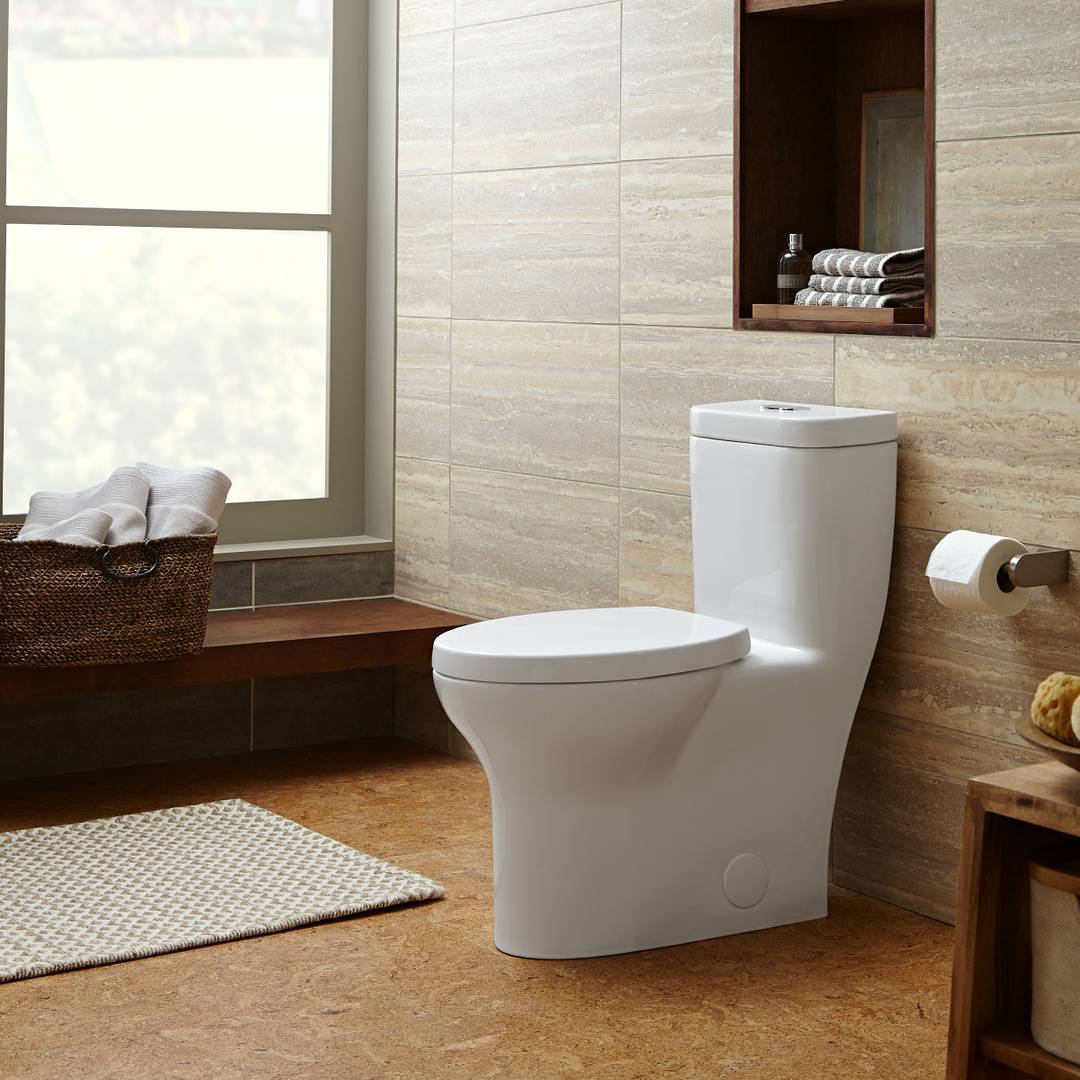
Photo via @dxvluxury
Create an eco-friendly bathroom and install low-flush toilets and low-flow showerheads to save water. Eco-friendly toilets can save you $110 on your water bill per year, while a high-efficiency showerhead can save up to 3,000 gallons of water per person annually. Replace your conventional faucets with a low-flow appliance as well, which can lower water usage by 700 gallons a year! Fix leaky sinks, pipes, or toilet tanks as soon as possible to prevent water loss, sky-high utility bills, and potential damage to your home. Try taking shorter showers—around five minutes is best! Or start small by turning off the faucet when brushing your teeth to save water.
Unplug Devices When Not in Use
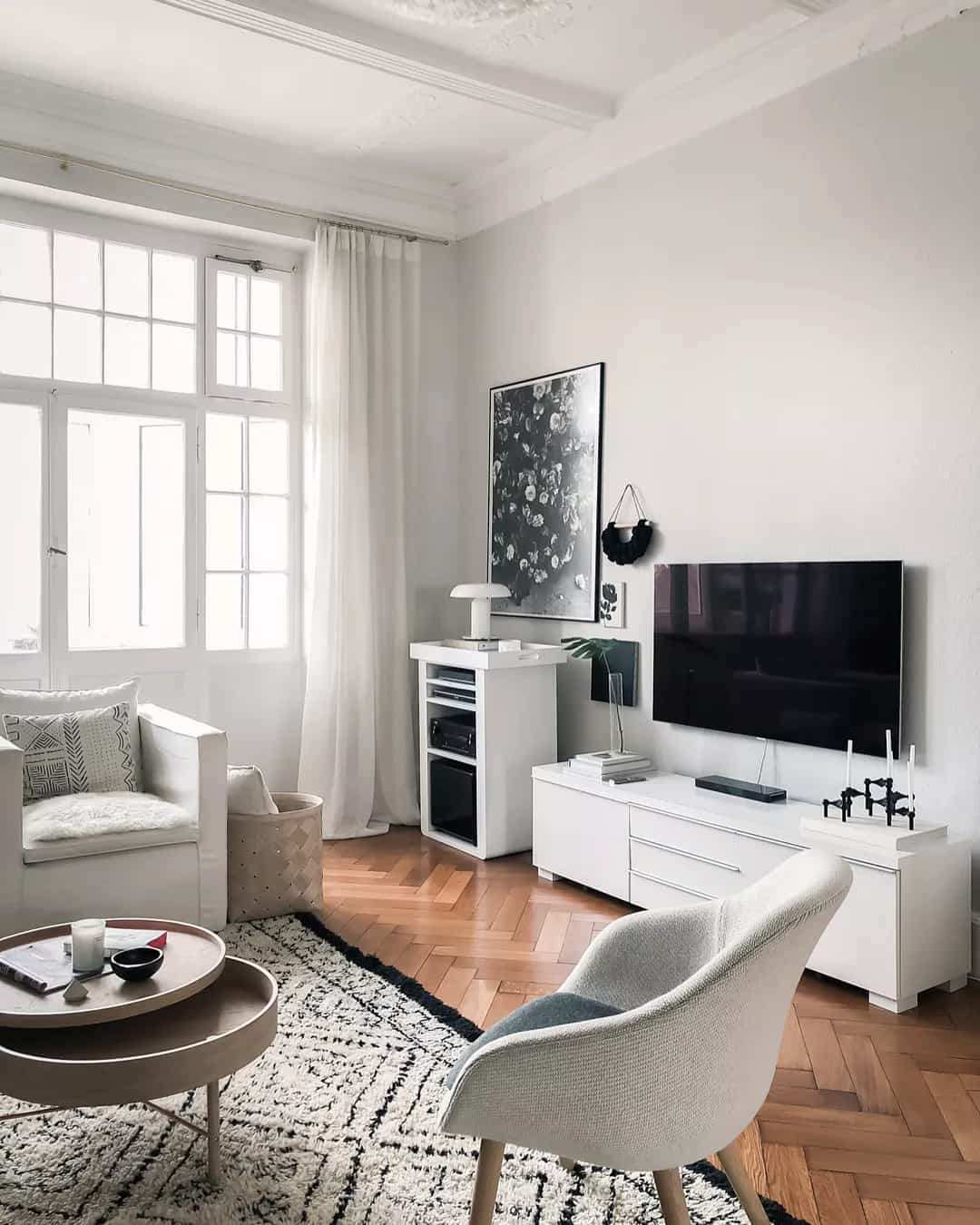
Photo via @decor8
Even if appliances are turned off, leaving them plugged in uses “vampire energy,” which can increase your energy bills. Unplug any electronics, small kitchen appliances, or devices with a standby mode, remote control, display screen, or chargers. Or consider installing smart plugs, which can help you better moderate how much energy your home is using.
Insulate Windows & Doors
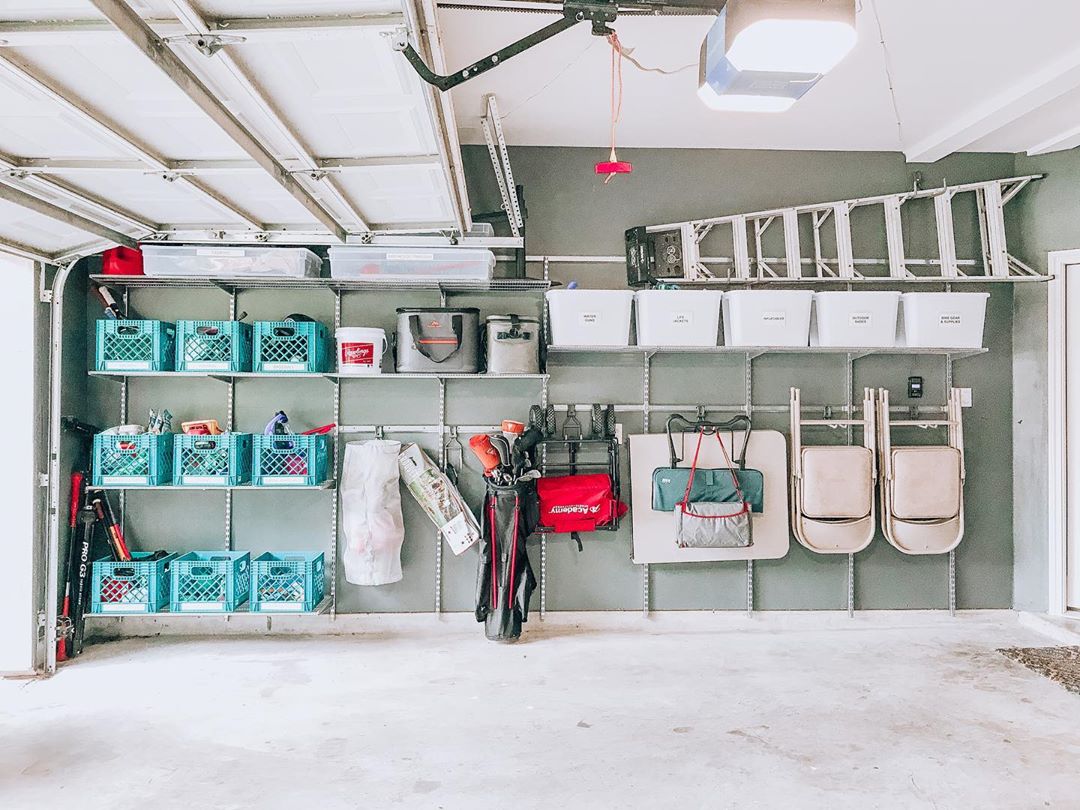
Photo via @organizedlifedesign
Leaking windows can account for up to 30% of heating and cooling energy use in a home. Remedy drafty windows by replacing them with energy-efficient windows or add weather stripping to stop air leaks and reduce electricity bills. In places with seasonal weather, cover windows with plastic for extra insulation. Seal fractures in the garage floor and walls, and insulate your garage door to prevent air from escaping your home. An additional green living tip is to apply weather stripping along your entry door to prevent air loss.
Use Kitchen Appliances Efficiently
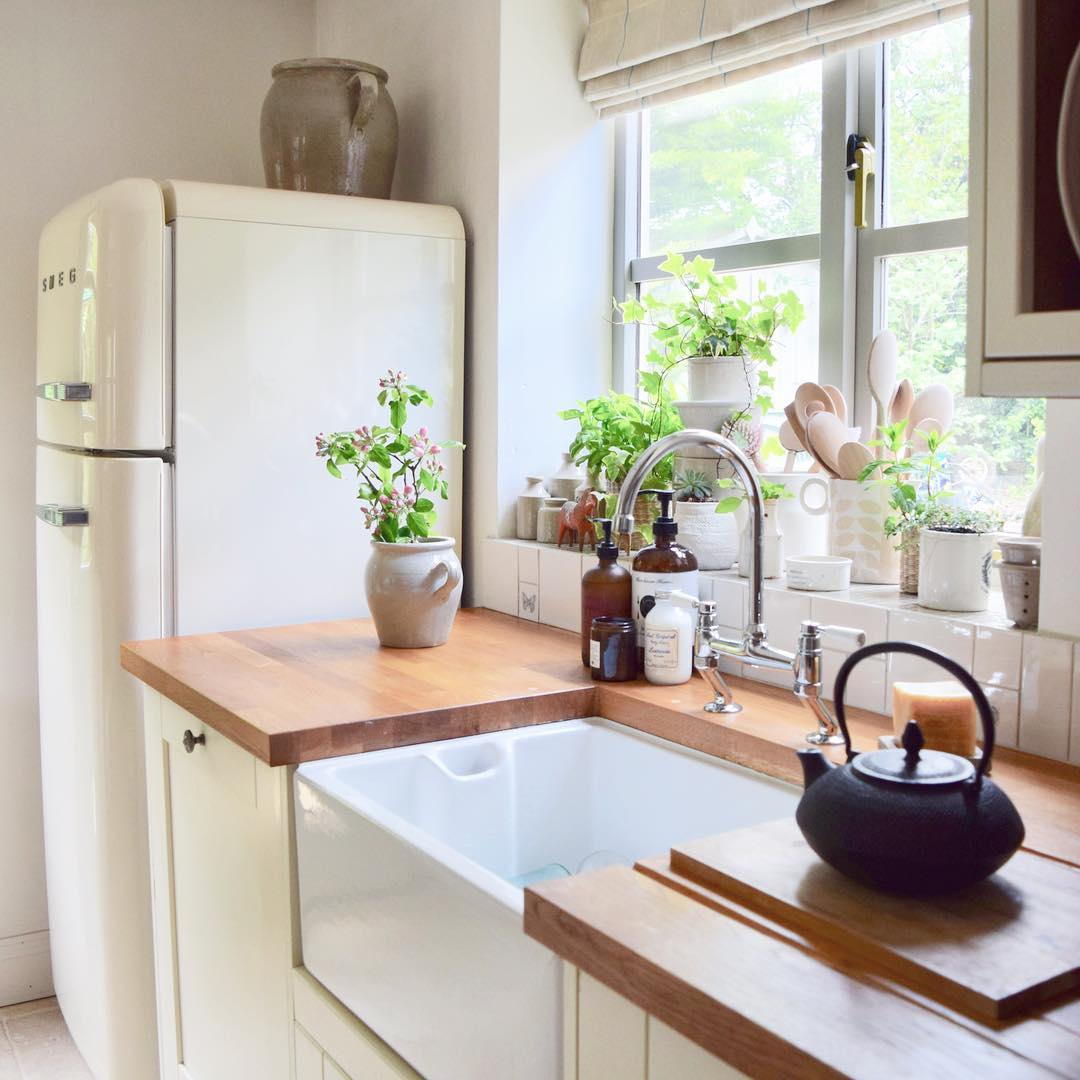
Photo via @laid_back_farmhouse
While cooking, avoid preheating your stove too far in advance and keep the oven door closed while cooking. Up to 25 degrees of heat can escape if opened, wasting energy and raising utility costs. Ditch the automatic ice maker for ice trays to reduce your energy bill by $10-20 each month. Looking for ways to conserve water? Stop pre-rinsing and hand-washing dishes and skip the automatic heated dry cycle on your dishwasher. Or save up to 11% on energy by cleaning your refrigerator coils every month, so your fridge doesn’t have to work as hard.
Engage in Mindful Laundry Practices
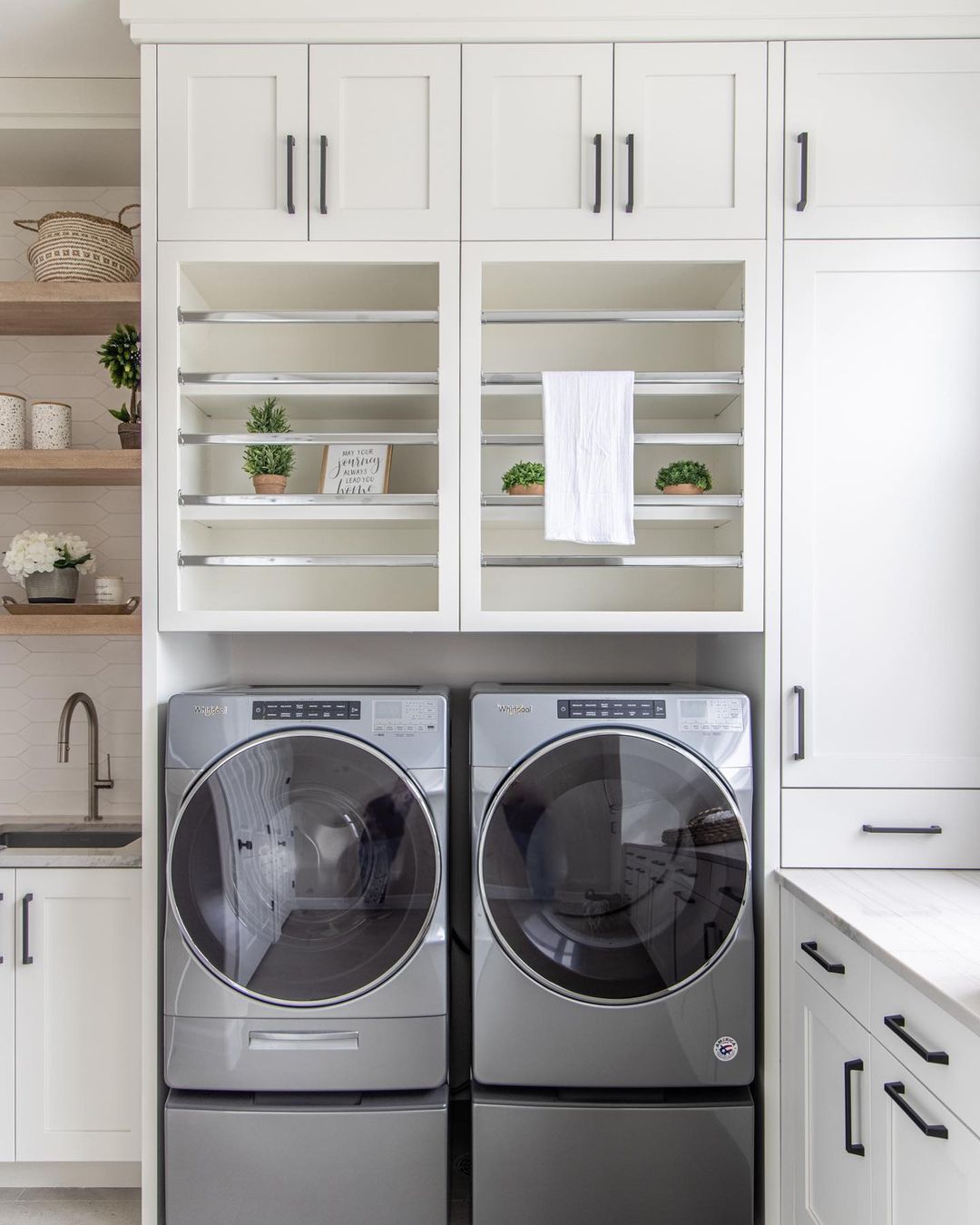
Photo via @kimberlyparkerdesign
Want to cut back on water waste? Rewear jeans, sweaters, and jackets, and wait to launder your clothes until you have a full load to wash. Then, use cold water. Washers use 75-90% of their energy to heat water, so opting to use the coldest cycle possible is an easy way to live green in your home. Another eco-friendly laundry tip is to air dry your clothing on racks, clotheslines, or hangers.
Plant a Garden
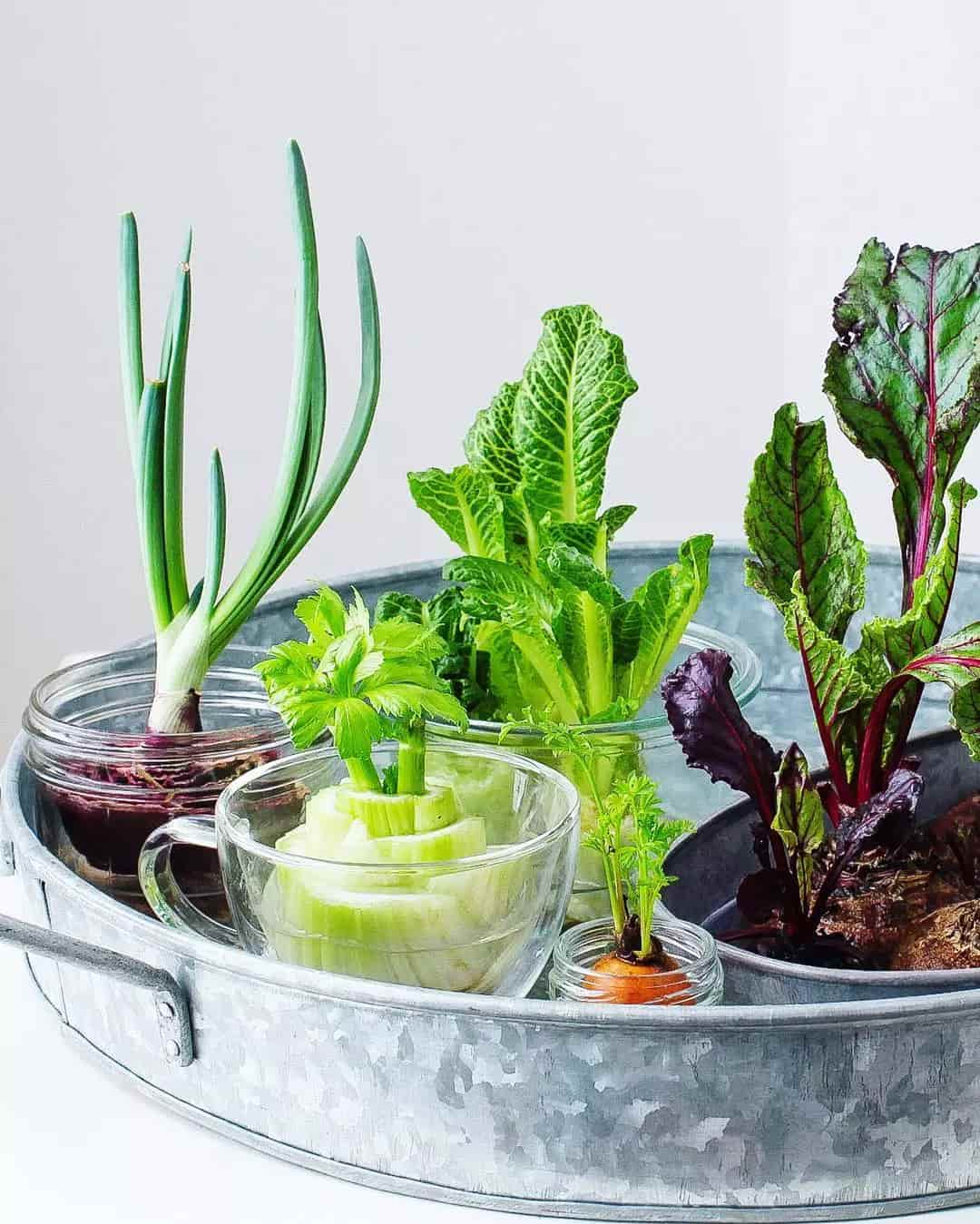
Photo via @aimeebourque
A great eco-friendly idea for the backyard is to plant your own garden! Growing a garden minimizes your carbon footprint, saves money on groceries, and helps your family enjoy the health benefits of going green. It might take some time and investment in materials like grow lights, but your effort will be well worth it. Live in an apartment? Create an urban garden out of recycled containers and planter boxes, so you can grow your own vegetables from scraps, and harvest rainwater for plants!
***
Need some extra space while making your home more green? With over 2,000 self storage facilities across the U.S., Extra Space Storage can help you make room for what matters most. Rent local storage units now!
